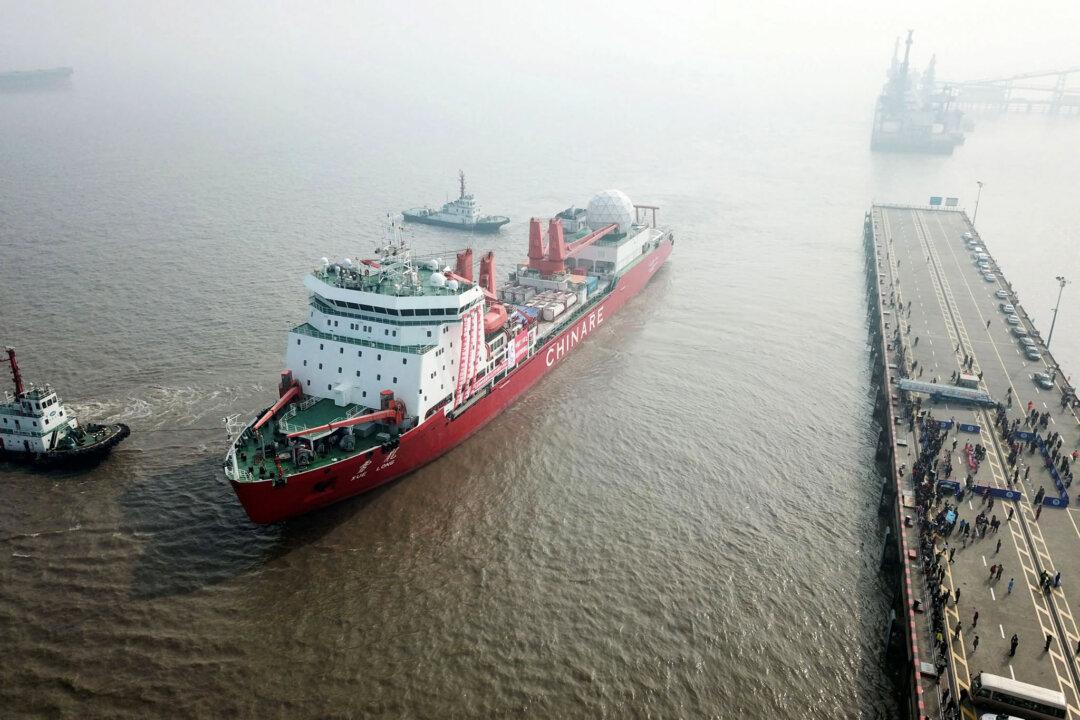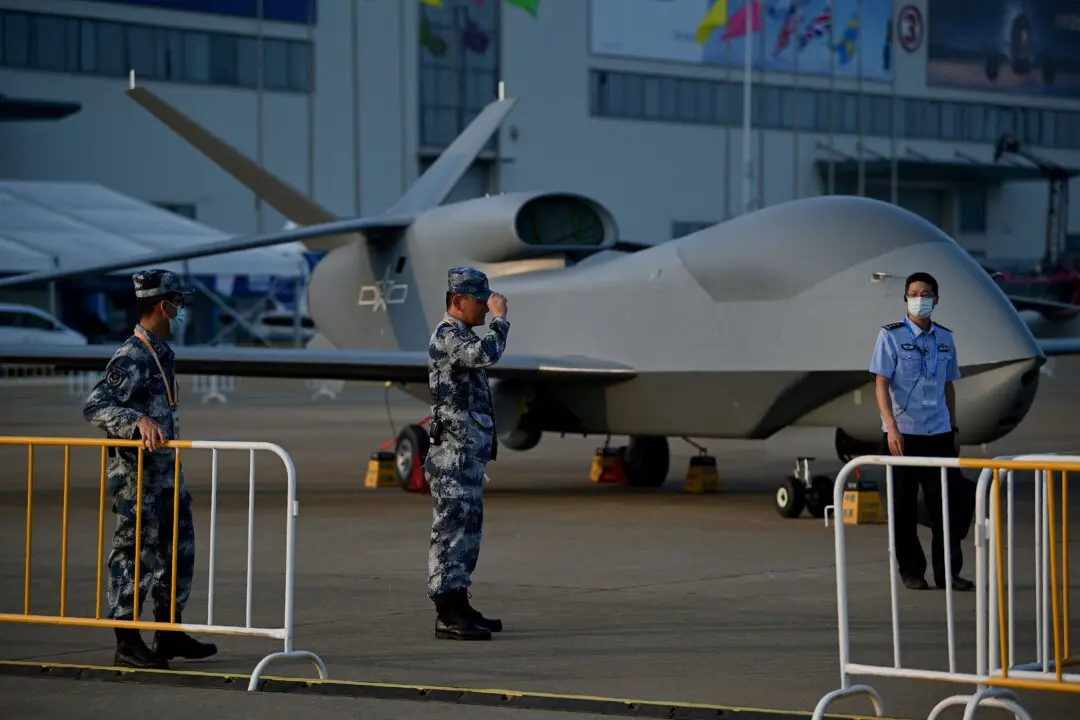China’s coast guard announced on Oct. 2 that its vessels sailed into the Arctic Ocean for the first time, conducting patrols alongside Russian ships in the waters where Beijing has long sought to project power.
The Chinese vessels entered the Arctic Ocean during the seven-day public holiday marking the Chinese Communist Party’s 75-year rule, which began on Oct. 1, according to state broadcaster CCTV.




